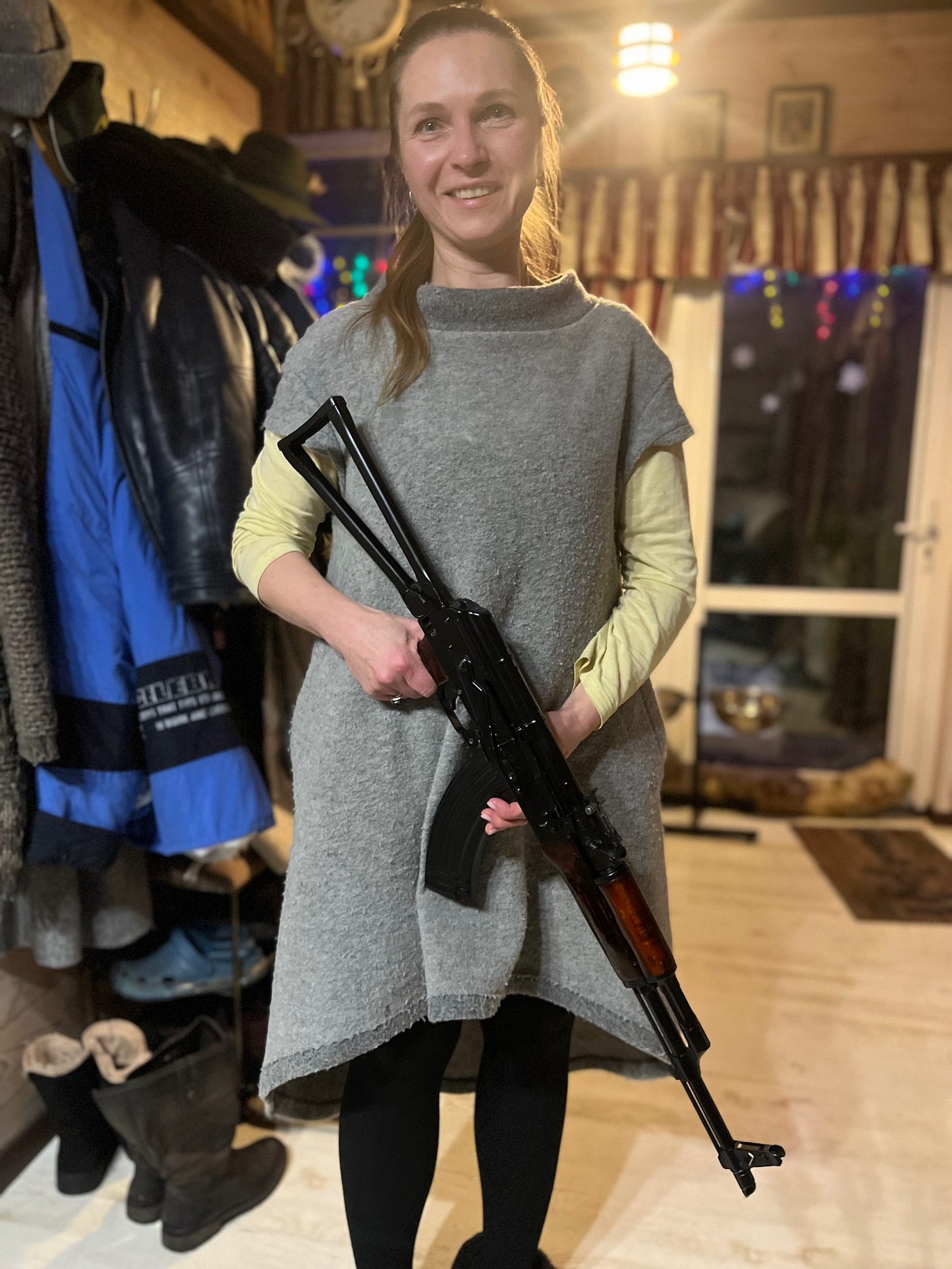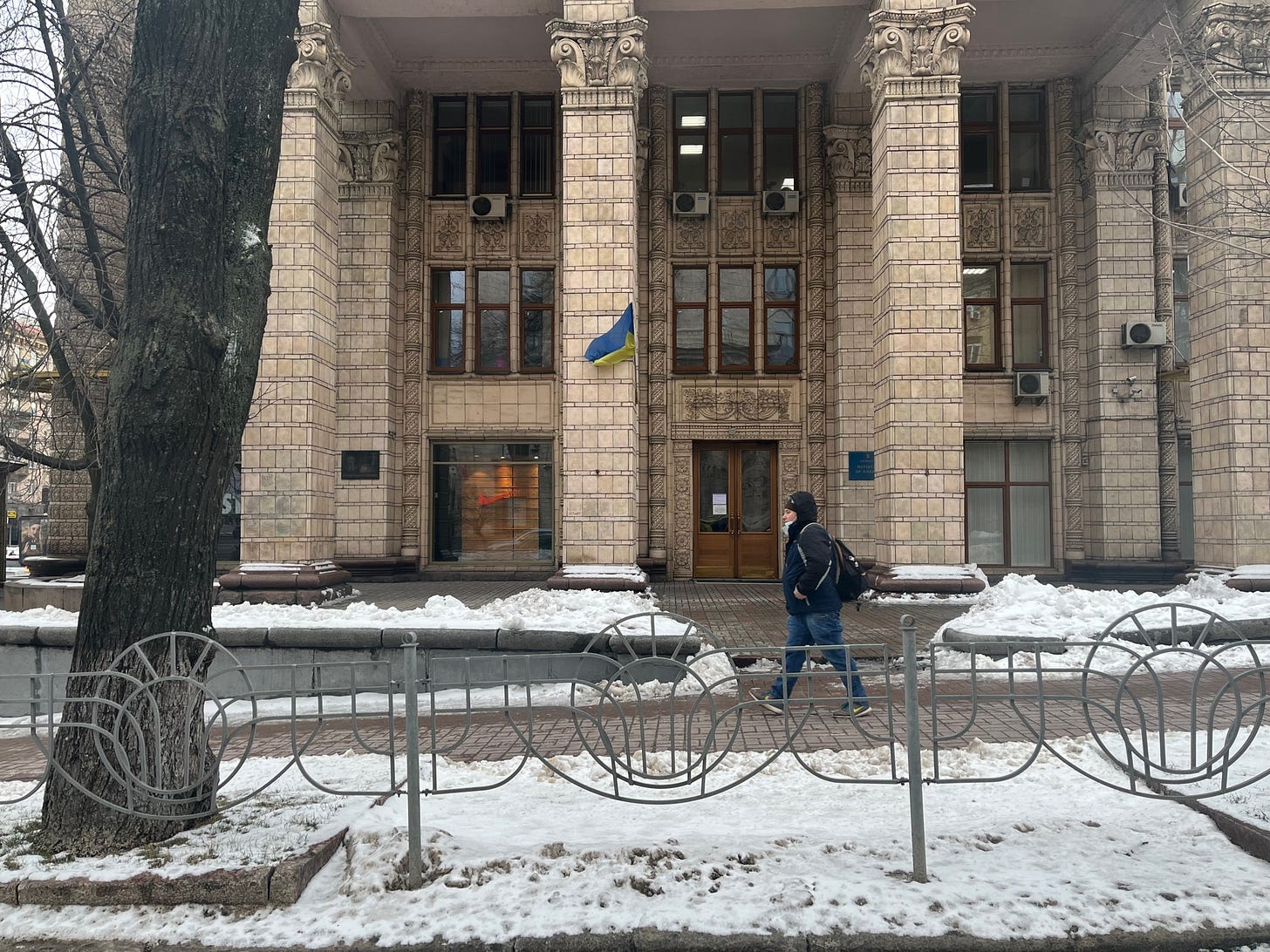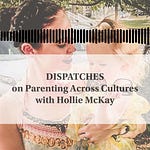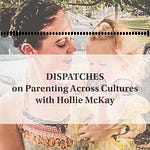“...the wind in Ukraina blows very hard and cold at this moment. But it will not always be so. And where there is love, there is always enough warmth for the human soul to thrive.”
― Marina Lewycka, A Short History of Tractors in Ukrainian
This week coming to you from Ukraine… Despite the drama-filled headlines and undeniable tension, Ukrainians are no strangers to conflict and contention with neighboring Russia. Life is business as usual in the capital, Kyiv. As of this writing, I am in Donbass close to the frontlines. But more on that later. For now, these are the issues I have been probing this week…
UKRAINIAN CIVILIANS AVOW TO USE “SECOND AMENDMENT RIGHTS” SHOULD RUSSIA INVADE
In a small village on the frozen edges of the Ukrainian capital Kyiv, Gennadiy Druzenko and his wife Svetlana return from the dark woods, carefully placing their personal firearms collection in a safe after some practice drills. Medical packs are on hand beside them.
In their late forties, the couple warn that the bubble could burst at any time.
“We always look at the Second Amendment of the U.S. Constitution. It is not just about self-protection, but also the protection of freedom and the protection of independence. We Ukrainians really show this meaning of the Second Amendment,” says Gennadiy, a constitutional lawyer turned volunteer frontline medic. “People recognize this, and they will take their hunting rifles and whatever they can find to the fight. Scientists, lawyers, teachers, professors, everyone. Our volunteer women are also very brave, not just as medics and in supporting units, but they fight with firearms in their hands.”
Such a sentiment prevails throughout much of the Eastern European country of 44 million as its neighbor Russia continues to amass more than 120,000 troops at its borders, stoking fears of an all-out invasion. While currently unprecedented in scale, most Ukrainians will point out that they have been in a perpetual state of humming conflict for the past seven years. As a result, much of the adult population, both military and civilian, has prepared to fight back against any infringements on their land and rights.
In Gennadiy's view, it is the contribution of civilian resistance fighters that could make or break a hypothetical Ukrainian victory.
However, such a notion to bear arms was especially reinforced after protesters gathered in February 2014 at Maidan Nezalezhnosti, popularly known as Independence Square, to oppose the rule of pro-Russian President Viktor Yanukovych. Government forces opened fire on an unarmed populous, and the situation turned deadly.
“I posted on Facebook if any medics were interested in volunteering to help the wounded after our youth who peacefully protested were being beaten by the riot police. We developed an underground hospital because if a demonstrator was injured and taken to the public hospital, they could still be arrested,” Gennadiy explains. “The conflict with our own government escalated until finally, some people took firearms into their own hands.”
While the Yanukovych government was toppled, more than one hundred people lost their lives, and countless others were left with life-altering injuries. In response to his removal, Russia annexed the Crimean peninsula the following month and immediately invaded the eastern Donbas region with "little green men" militias, igniting a horrific battle that is still raging.
Yet it was during the Battle of Ilovaisk in August 2014, when the Armed Forces of Ukraine launched an offensive mission to retake the strategic city of Ilovaisk from pro-Russian insurgents, that Gennadiy realized the need to formalize and revive their civilian defiance efforts. The Ukrainian soldiers were surrounded, outnumbered, and outgunned, and the agreement for them to retreat safely through a corridor was not followed, resulting in a bloodbath.
“Many were wounded and died,” he laments. “And there weren’t enough medical professionals to help.”
Gennadiy’s effort has since become the Pirogov First Volunteer Mobile Hospital (PFVMH), now the country's largest nongovernmental project, providing medical assistance in certain districts of the Donetsk and Luhansk Oblasts. Moreover, the pro-Russian incursions of 2014 not only led to a bolstering and overhaul of Ukraine's then-depleted armed forces, but it also energized a wave of civilian resistance fighters ready to fill the void.
And while many of Kyiv’s impromptu emergency shelters scattered around the city – reminiscent of the Second World War – have crumbled into despair over the decades, Gennadiy and his crew are one of many private groups with their own backup plan: reinvigorating the underground hospital from the 2014 revolution.
“We can immediately transform the space into whatever it needs to be,” he quips. “Unlike officials, there is no red tape. We just call each other. Russian boots on the ground would be catastrophic, and we believe in the peaceful way of the gun.”
Gennadiy smiles proudly when he speaks of his Ukrainian brethren.
“At this point, we Ukrainians are more American than European,” he continues. “We are always suspicious of any government, and we always believe in defending ourselves. People believe in themselves more than government.”
CLICK TO READ MORE ABOUT HOW ORDINARY UKRANIANS PREPARE
HOW PUTIN COULD DIVERT STRATEGY AND CUT OFF NATO NEIGHBORS VIA ONE TINY LAND CORRIDOR
As Russia continues its troop buildup around Ukraine, raising fears of a possible invasion, some military analysts suggest a strategic wedge of land not even inside Ukrainian territory remains an overlooked, yet potentially explosive point.
Meet the Suwalki Corridor: the sixty-mile stretch of land that links NATO members Poland and Lithuania, the only point of ingress between the Baltic States and the rest of the EU.
Flanked by primordial forests and mesmerizing nature reserves, the passage could at any point become a frontline between NATO and Russia should Moscow speedily progress from its westernmost major city of Kaliningrad to Belarus, where Russian Federation troops are already placed.
Suwalki Corridor, or the Suwalki Gap/Triangle as it is also called, could not only serve as Russia’s seamless thoroughfare, but also separate the Baltics from its NATO brethren before the West could provide adequate assistance.
Defending the critical chokepoint served as a prominent part of NATO’s most significant post-Cold War drills in Eastern Europe, the June 2016 Anaconda exercises in Poland. U.S. Army General Ben Hodges, the then Commander of U.S. ground forces in Europe, cautioned reporters at the time that “Russia could take over the Baltic states faster than we would be able to defend them.”
A RAND Corporation report released several months earlier that Moscow could ultimately invade and occupy NATO’s Baltic states – Estonia, Latvia and Lithuania – in less than three days, requiring a minimum of seven brigades, including at least three heavy-armored brigades, all backed by “airpower, land-based fires, and other enablers on the ground and ready to fight at the onset of hostilities” to prevent a hasty swarm.
Volodymyr Omelyan, the former Minister of Infrastructure of Ukraine, diplomat, and high ranking figure in the Ukrainian opposition, says that red flags went up when Russia relocated forces to Belarus.
“But this brought some public awareness of the Baltic states, and all of Eastern Europe started to understand the threat,” he continues. “If Ukraine falls, they will be the next ones occupied.”
Despite the doubts held by many Ukrainian defense and government officials, who spoke on background, that such a maneuver would be imminent, all recognized that a seizure could unravel rapidly, just as it did with the annexation of Crimea in March 2014 and parts of Georgia in 2008.
During the past few years, President Putin has strengthened his military arsenal and infrastructure in Kaliningrad, not to mention sending troops into Belarus last year. In June 2018, the Federation of American Scientists unveiled satellite imagery purporting to show a nuclear weapons bunker being upgraded less than six months after nuclear warheads appeared.
“Interestingly, the media never reported the heavy Russian troop presence which began last April,” one high-ranking Kyiv government official notes. “But as soon as Russia added Belarus to the list around October, then it became problematic, and everyone began to worry.”
The official emphasized that they see no difference between Russia and Belarus – describing the latter simply as an extension of the Russian Federation.
CLICK TO READ MORE ABOUT THE CRITICAL STRIP OF LAND
WHAT UKRAINIANS REALLY WANT FROM WASHINGTON
President Biden's popularity among Ukrainians has recovered somewhat in recent days following the arrival of several weapons shipments, including more than 80 tons of weapons and close to 200,000 pounds of lethal aid.
Regardless of the fact that most Ukrainians, civilians and soldiers alike, vow to "fight to the death" to protect their lands and freedom against Russian aggression, they also acknowledge that a nation of 44 million is no match for Putin's 144 million, armed to the teeth with advanced sea, land and air weaponry.
“We are getting what we need. Seven flights a day are coming in with missiles, munitions, ammunition, so we are very happy about that,” one high-ranking government official with close ties to the military intelligence department told me Wednesday. “And we understand Russia is scared of that, and they are trying to put up extra protection on their vehicles and inside their troop halls.”
Gennadiy Druzenko, a constitutional lawyer and civilian medic volunteer on the frontlines, concurs that Ukrainians are “very thankful for the weapons.”
“We have hundreds of thousands of hands ready to fight with Putin, but hands need arms,” he enthuses. “So when the United States finally started the delivery, not just symbolic shipments but really big weapons, we were so thankful. We have seen in the past that sanctions don’t work against Russia.”
Yet some Ukrainians still want more.
“Romantic Ukrainians want membership in NATO, but it’s clear that is not realistic now,” Druzenko continues. “So we want effective arms to defend our land. Finally, we are a great nation, and we want to protect our land. If you are willing to fight for your own land, you will always have advantages.”
The top brass of the Ukrainian government does not want to plunge the country into an undue state of alarm, because that could harm small businesses, disrupt import and export routes, and decimate the economy.
“Putin gets what he wants when everyone is running scared,” the insider conjectures, stressing that there are already thirty percent fewer cars in Kyiv now than there were at the beginning of 2022 as Ukrainians move to more remote areas out of fear the capital will become the chokepoint.
A number of Ukrainians expressed concerns that the media, both domestically and in the U.S., was contributing to the quagmire with drama-filled headlines and speculation about an "imminent" invasion.
Ukrainians say they need bullets, not boots, to defend their nation, so the increased involvement of the Pentagon is welcome.
A little update for my dear friend Jenna Lee of SmartHer News.
In other news, please register for the event below…
For those interested in learning more about the aftermath of war, please pick up a copy of my latest book “Only Cry for the Living: Memos from Inside the ISIS Battlefield.”
Also if you want to support small business:
And also now available Down Under!
Thanks again for your support. Follow me on Instagram and Twitter for more updates

















Share this post